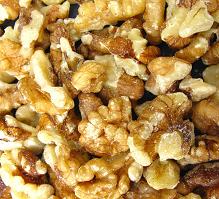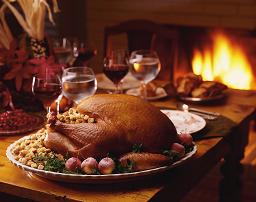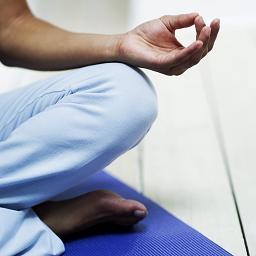 When you feel creative, you feel more happiness in your life because you’re living more consciously and seeking beauty. Following are several ways to spark your innate creativity and live a more joy filled life.
When you feel creative, you feel more happiness in your life because you’re living more consciously and seeking beauty. Following are several ways to spark your innate creativity and live a more joy filled life.
Explore the world of art.
Sculpting, painting, drawing—all are creative pursuits, and all unlock your creative mind. The satisfaction of creating something new is fulfilling, and you’ll find joy every time you pick up a brush or pen. Experiment with colors, details, textures, and dimensions. You should feel free as air while you’re creating.
Even if no one else ever sees your work, you’ll know it’s there and that you did it.
Learn a musical instrument.
Much like creating art, creating music elevates your mood and happiness. Learn the instrument you really wanted to take up when you were in fifth grade and didn’t. As you go down the path of learning to play it, you become one with it and raise your joy factor significantly. You’ll feel happy and joyful every time you pick up the instrument and begin to play.
And no one ever said you had to play only songs that have already been written.
Work with your hands.
Whether you like woodworking, knitting, embroidery, or origami, create something. Anything. Use your hands to form what’s in your mind. The simple act of creating raises your level of joy, no matter what you create or how you do it.
Journal.
Putting your thoughts, hopes, dreams, and desires on paper creates a record of you—what better way to spend your time? When you journal, don’t hold back. Often, you can break through barriers in your life by simply writing them down. Once they are on paper, they have no hold over you anymore. The power of journaling is, in a word, amazing.
Write that book you’ve always contemplated.
Whether you want to share 101 ways to decorate your home or a new biography of Eleanor Roosevelt, it’s time to write that book you’ve thought about for years. It doesn’t matter if you prefer fiction or nonfiction—it’s the creation of the book, the words flowing on the paper or computer screen, that matter. If you choose, you can even publish your journal.
One major barrier for up-and-coming authors is now gone: you can self-publish now, both paperback and electronically, so you don’t need a publishing house or an editor. Your options are wide open; take advantage of them to create the newest book the world needs.
Do what your heart wants you to do. Start today.
We’d love to hear from you, so please feel free to contact us or leave a comment for us on Facebook!














